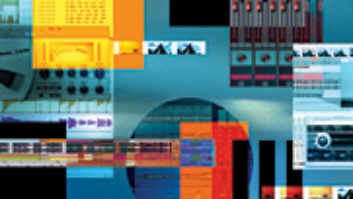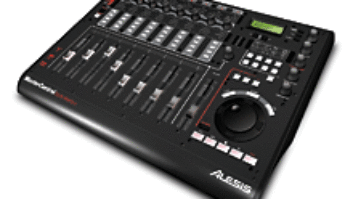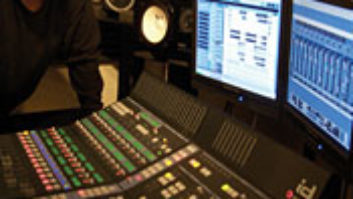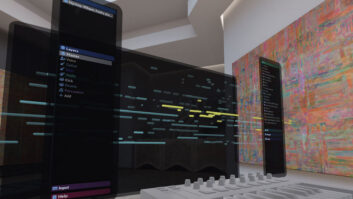Craig Anderton
With a few exceptions, most recent DAW changes have been incremental: We haven’t seen huge breakthroughs like when Opcode’s Vision merged hard disk audio with MIDI to create StudioVision, Steinberg introduced Virtual Studio Technology, Sonic Foundry invented a new file format for dance music styles, Ableton saw recording as a two-dimensional matrix instead of linear tape, or PreSonus integrated sophisticated album assembly functionality. But in an increasingly video-centric world where YouTube “stars” garner millions and millions of views, one area of DAWs remains relatively unexplored: video.

Of course, almost all DAWs have a video window so you can compose to picture. However, if you want to actually do anything with the video, you’d better manage your expectations.
There are two basic approaches to making video and audio play nice. Adobe and Avid don’t try to integrate audio and video into a single program, but create “hooks” between individual audio and video programs so they work well as a team. This allows optimizing each program to the task at hand.
A single program is more difficult to pull off. Sony Vegas (acquired recently by Magix) is a popular all-in-one program, but it’s Windows-only, and it “backed into” its success—originally, it was intended to be a “Pro Tools killer.” But when Pro Tools refused to die and Sony beefed up the video capabilities, studios ended up with a capable DAW and comprehensive video capabilities. Today, most people consider Vegas as a video editing program with DAW-level audio (no MIDI, though). Interestingly, Acoustica’s Mixcraft Pro Studio 7 DAW—which costs under $170—has overachieving video editing capabilities like trimming, crossfading, and effects, and also includes MIDI (one of the developers was involved in coding for Vegas, which explains at least some of the video expertise).
Yet there’s no single program that really “does it all” by treating video and audio with equal emphasis. As video becomes more of a preferred delivery medium (YouTube remains the #1 music streaming service, and is also second only to Google as a search engine), those creating audio will find it almost mandatory to create videos to accompany their audio.
What would such an application look like? Consider what’s in a high-end DAW: unlimited track counts, suites of signal processors, common plug-in standards, generous file import and export capabilities, sophisticated audio and MIDI editing, time stretching, looping and control surface support. Video capabilities would need to be on a par: plenty of visual effects, total integration (e.g., dropping frames gives an option to ripple edit the audio or stretch it), export to streaming-friendly formats, and perhaps the equivalent of “side-chaining,” where audio could trigger video processing. To this, you’d ideally add ways to clean up dialog (vocal alignment, noise reduction, “crackle” minimizers, etc.) and video.
That may seem like a tall order… and it is. Although a few years ago a program which this kind of scope would have brought computers to their knees, distributed processing, decreasing storage costs and an interface like Thunderbolt that’s designed for a data-heavy audio/visual world are changing the landscape.
However, this brings up additional issues: Are pro audio engineers and producers ready to embrace becoming video engineers and producers? Or will this usher in video and audio engineers working together on a program? Will an all-in-one program be used as if it was two separate programs, with audio and video people bouncing projects back and forth but enjoying the benefits of working in a unified environment? Or maybe these are two worlds where “the twain shall never meet,” and the future will involve optimization of two separate disciplines rather than integration.
I don’t know the future, but I do know the past. I used to bounce projects between two audio programs—one did a great job with MIDI and hard disk audio recording, the other specialized in loopbased projects. It was clumsy, but then a single program appeared that integrated all three elements. Now most DAWs are facile with that trifecta of functionality.
Currently, for video projects, I bounce between a video editing program and DAW. If this follows the same trajectory as what happened with audio programs, DAWs could jump one more quantum level into a premium, flagship program that would wed video production permanently with audio (or is it vice-versa?). For DAW manufacturers looking for new worlds to conquer, this is one option. The ultimate question is whether this would end up solving a real-world problem…or be a solution in search of a problem.






